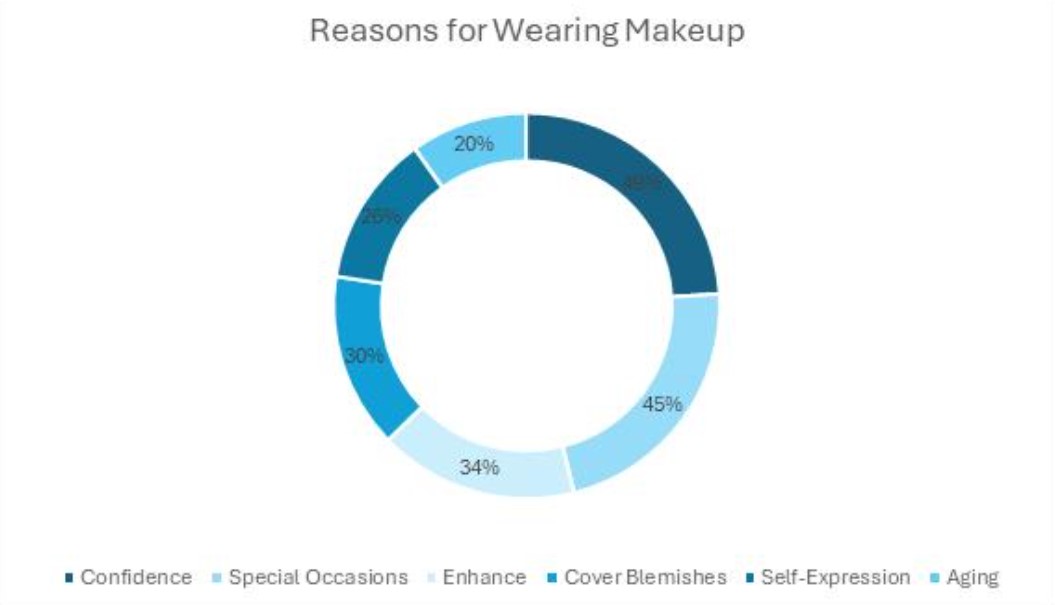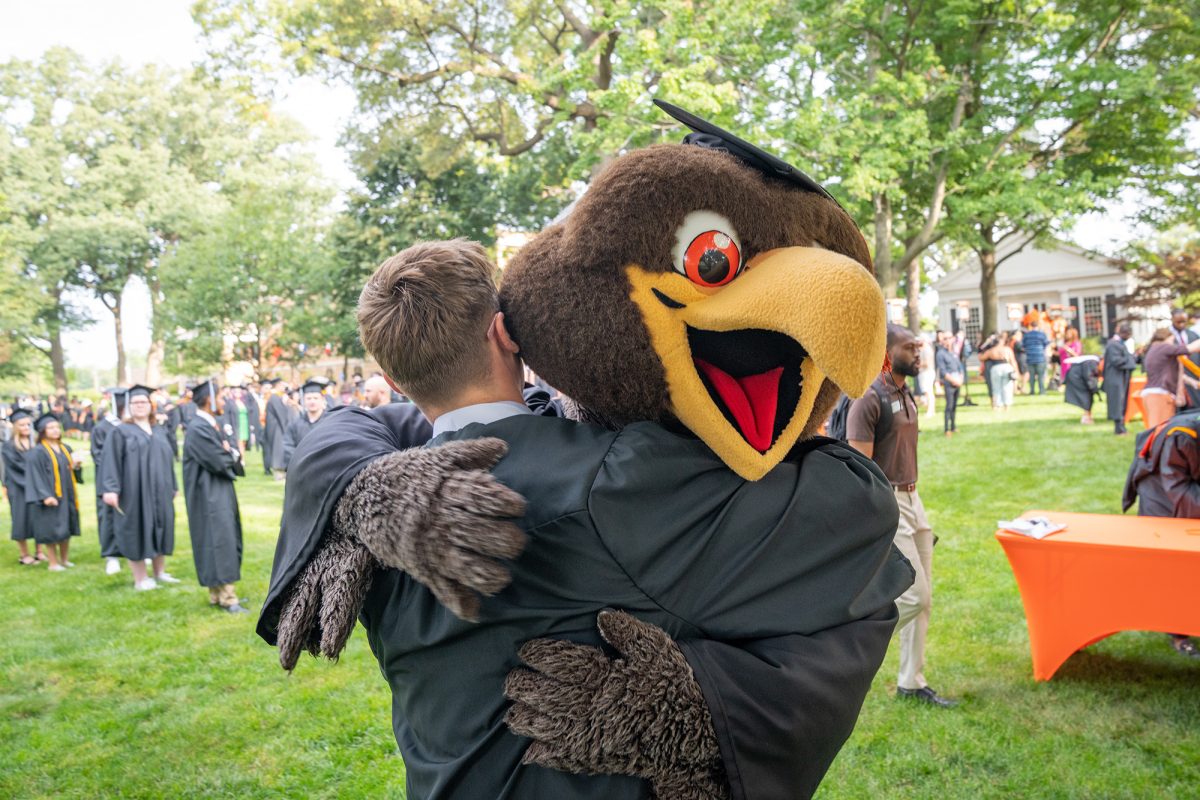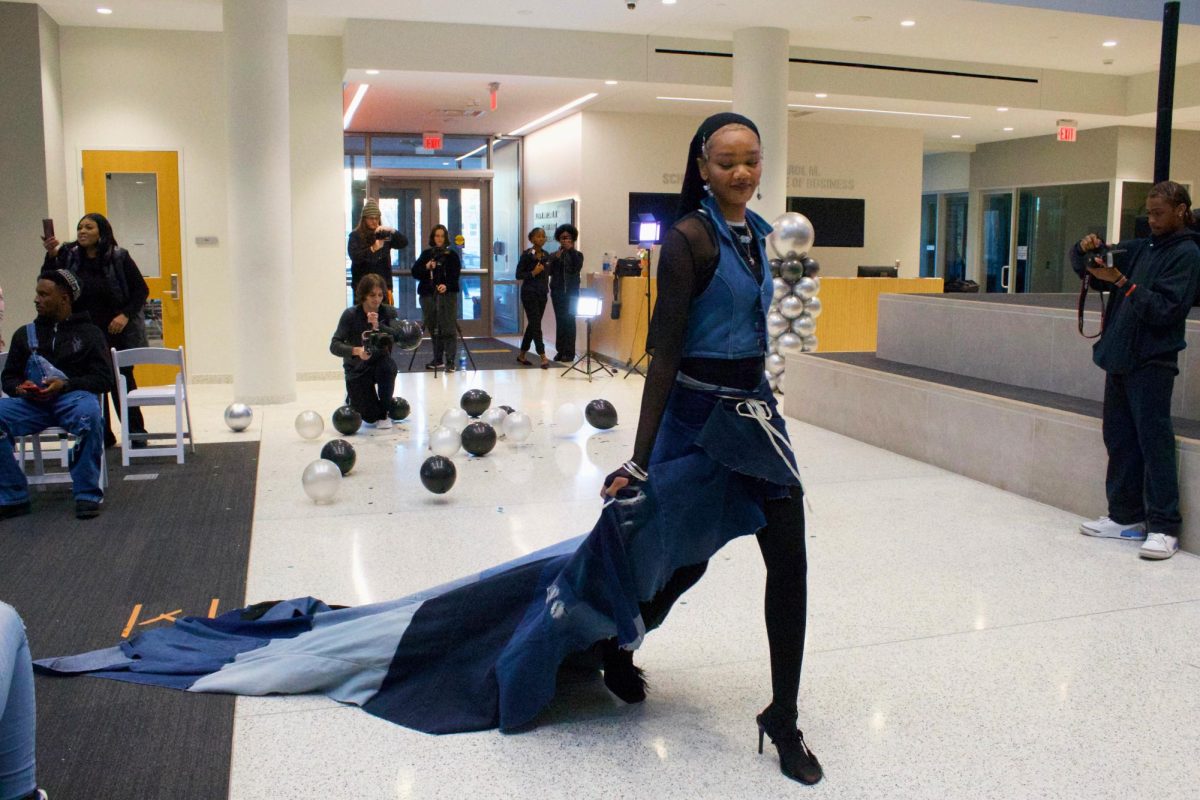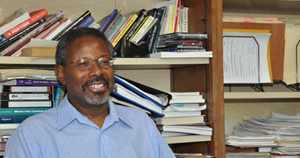Although the stars in Bowling Green are nearly always visible without the smog and pollution of cities littering the skies, most University students probably would have a hard time pointing out specific constellations. But thanks to the Stargaze staff, students don’t have to remain clueless about the heavens any longer. The Stargaze staff is advised by Dale W. Smith, who arrived at the University in 1983. The group originally operated three nights a week, but the staff added nights as the program became more popular. Now, Sunday through Thursday, stargazers are led by two of the 10-member team. The staff members take 20 students at a time to the roof of the physical science building to show off the basic constellations, along with their own twists. ‘Each stargaze is different. Some focus on certain constellations, while others like to explain the mythology behind the constellations,’ Adam Leis, a senior digital art major on the staff, said. Almost every member is hand picked by a teacher in the science department, but they have to get past Smith to make it on the team. After pulling a few applications, Smith gives perspective members the ‘hot seat packet,’ a 12-page guide consisting of all the information they need to know. ‘ ‘ ‘ ‘[It is] the biggest mental challenge comparable to memorizing a short book of the bible,’ sophomore physics major Jeff Stevenson said. After prospective staff members make it through the ‘hot seat,’ they are given 10 to 12 more packets’ that cover all aspects of knowledge they need to know besides the original packet, according to Smith.’ While memorizing the packet, the members also undergo rigorous hands-on-training involving use of the half-meter telescope and planetarium to learn constellations. Each member is taken to the roof of the Earth Sciences Building, where the telescope is located, and informed how to set up the four smaller telescopes. They also learn how to initialize and maneuver the larger half-meter reflecting telescope located inside the dome. ‘You must be dedicated and ready for the crowds at crunch time,’ Smith said. The crunch comes near the end of the semester when the 500 to 700 students that are required to attend a session wait too long. ‘People tend to put it off when it’s cold, and then attack us all at once at the end of the semester,’ Dan Roth, a sophomore physics major, said. During the planetarium phase of the training, they use laser pointers and learn basic constellations. This session alone is roughly two hours long. After they learn the constellations, Smith moves the sky around to quiz them on positions. And even after all this, new inductees still have not secured their position on the staff. Putting all of the hard work to use in running their first stargaze is when Smith feels it all comes together. ‘It’s when they see it all fall into place, it all fits together in their first session,’ he said. ‘ Not everyone pulls it off their first time, but Smith said he usually allows another try if it was just not their night. Being on the staff means being dedicated, patient, and tolerant of the cold, but the members agree it has perks. They gain access to the roof whenever they want and are able to use the telescope to check out the sky. Working on the Stargaze staff also had a few members picking up astronomy minors along side their majors. ‘I would really love to become an astronomer and teach one day here at the University,’ Stevenson said. Each session takes only one hour. Sign up begins at 8:30 p.m. weekdays and 9 p.m. Sundays with the session to start an hour later. Participants should call ahead to (419) 372-8831 in order to make sure the session is running and bundle up’ because the temperatures are generally chilly on the roof. ‘I always have to make sure I have enough layers on because we are out twice as long as everyone else,’ Leis said. ‘ Different constellations are visible in spring and winter so students will always see something new. ‘Everyone is welcome to come more then once because each experience is different,’ Roth said.
Latest Stories
- BG24 Newscast
- BGSU baseball vs Ohio preview: Falcons’ storybook season continues with homestand against Bobcats
- From the Golden State with a golden opportunity- Justin Eklund makes his way to BGSU
- 74% percent of women in the U.S. are embracing makeup: What's behind the trend?
- Brady Pavernik leads way as Falcons finish sixth in the Highland Meadows intercollegiate tournament



















